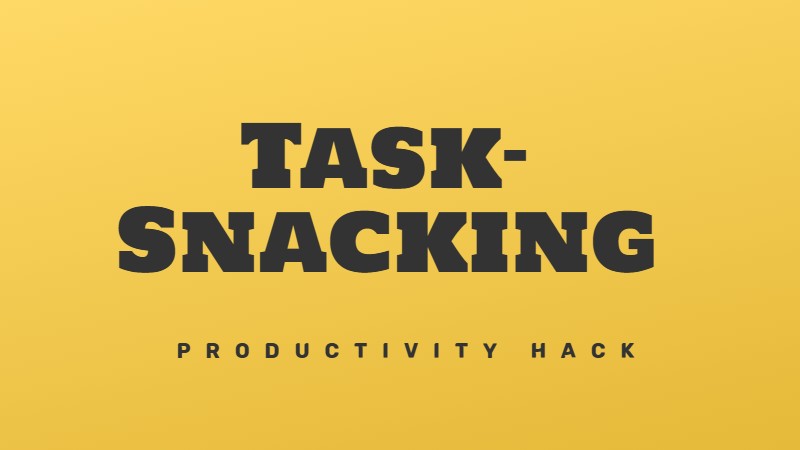There’s a common saying among productivity experts:
“What gets scheduled gets done.”
You hear it at seminars, read it in books, and see it plastered across Instagram posts of perfectly organised planners. This mantra underpins the popular time management method known as time blocking. Scheduling specific activities during set periods of your day.
But many people who swear by time blocking aren’t actually time blocking at all. They’re time boxing. A distinct technique that caps how long you spend on tasks rather than when you do them.
These similar-sounding methods, time blocking and time boxing, offer different approaches to take control of your day. But which works better?
Let’s clear up the confusion once and for all.
What is time blocking?
Time blocking means scheduling specific activities during set hours of your day.
Think of it as making appointments with yourself. You assign blocks of time to certain tasks or groups of similar tasks. Instead of a vague to-do list, you have a clear plan of what to work on and when.
“Time blocking creates structure in your day,” says productivity expert James Clear. “It shifts you from reactive to proactive mode.”
For example:
What is time boxing?
Time boxing means setting a fixed amount of time for a task and stopping when time runs out.
Instead of working until something is “done,” you commit to working on it for a specific timeframe. When the timer rings, you move on to the next task, whether finished or not.
“Time boxing creates urgency and fights perfectionism,” says Cal Newport, author of Deep Work. “It forces you to make progress rather than chasing an ideal version that might never come.”
For example:
Key differences between time blocking and time boxing
1. Focus vs Limits
Time blocking focuses on when you’ll work on something. It asks: “When will I do this task?”
Time boxing focuses on how long you’ll work. It asks: “How much time will I spend on this?”
2. Completion Goals
Time blocking aims to organise your day into chunks but doesn’t necessarily limit how long you spend on tasks.
Time boxing sets strict time limits and values working within constraints over perfect completion.
3. Flexibility
Time blocking works best when you can predict how long tasks will take.
Time boxing works better for tasks with unclear scope or those prone to expanding endlessly.
4. Benefits
Benefits of time blocking:
Benefits of time boxing:
How to use time blocking
Ready to try time blocking? Here’s a simple method:
Michael struggled with scattered attention until he tried time blocking. “I blocked 9-11 AM for creative work only. No email and no calls. My output doubled in two weeks.”
How to use time boxing
Time boxing works differently. Try this approach:
Sarah used time boxing to overcome her perfectionism. “I gave myself 30 minutes for each section of my report instead of tweaking endlessly. I finished in one day instead of my usual three.”
How to combine both methods for maximum productivity
The real magic happens when you use both techniques together.
Use time blocking to structure your day, then use time boxing within those blocks to maintain momentum.
For example:
Tom, a software developer, used this hybrid approach. “I block mornings for coding and afternoons for meetings. Within my coding block, I time-box bug fixes to 25 minutes each. My productivity skyrocketed.”
Common mistakes to avoid
When using these methods, watch out for these pitfalls:
Which method should you choose?
Both methods work, but your choice depends on your specific challenges:
Choose time blocking if you:
Choose time boxing if you:
Many people find that combining both methods gives them the best results.
Tools for time management
These tools work well for both methods:
Conclusão
Time blocking and time boxing both offer powerful solutions to common productivity problems. One organises your day into focused chunks, while the other creates productive constraints around your work.
The best part? You can start right now:
What matters most isn’t which method you choose, but that you take control of your time rather than letting it control you.




Deixe comentários sobre isso